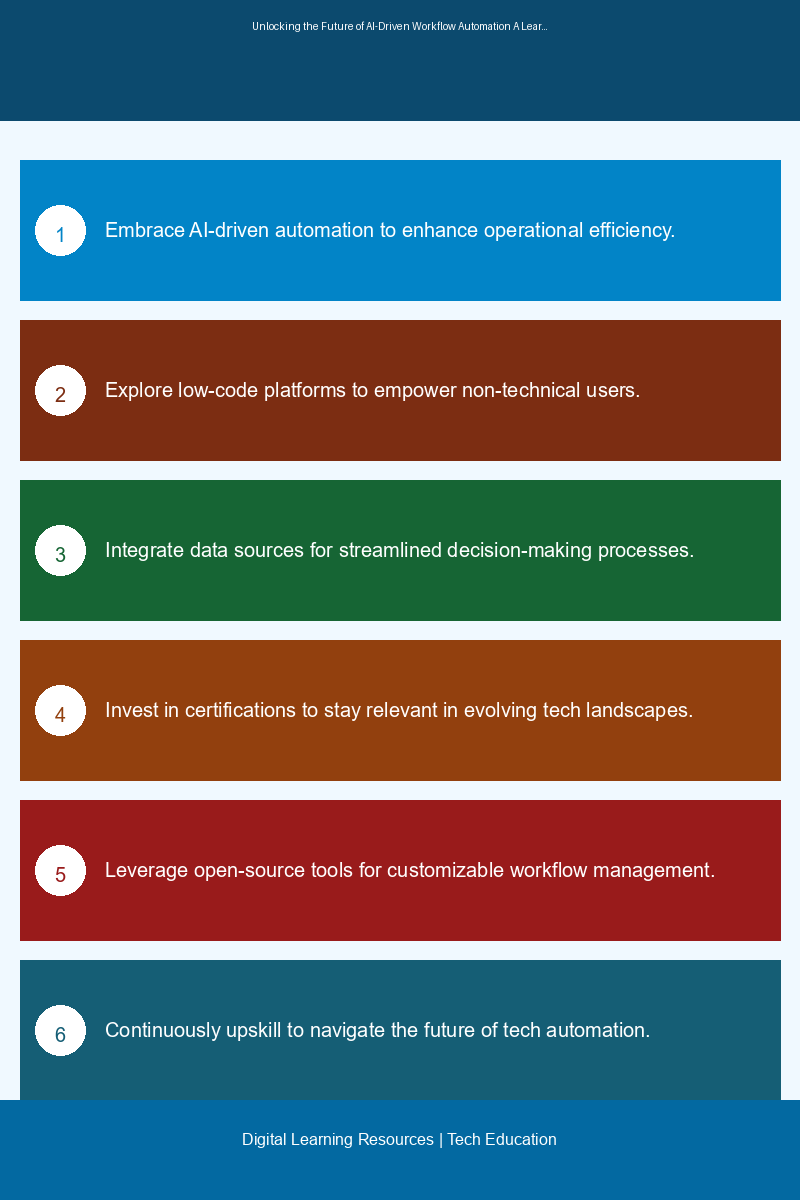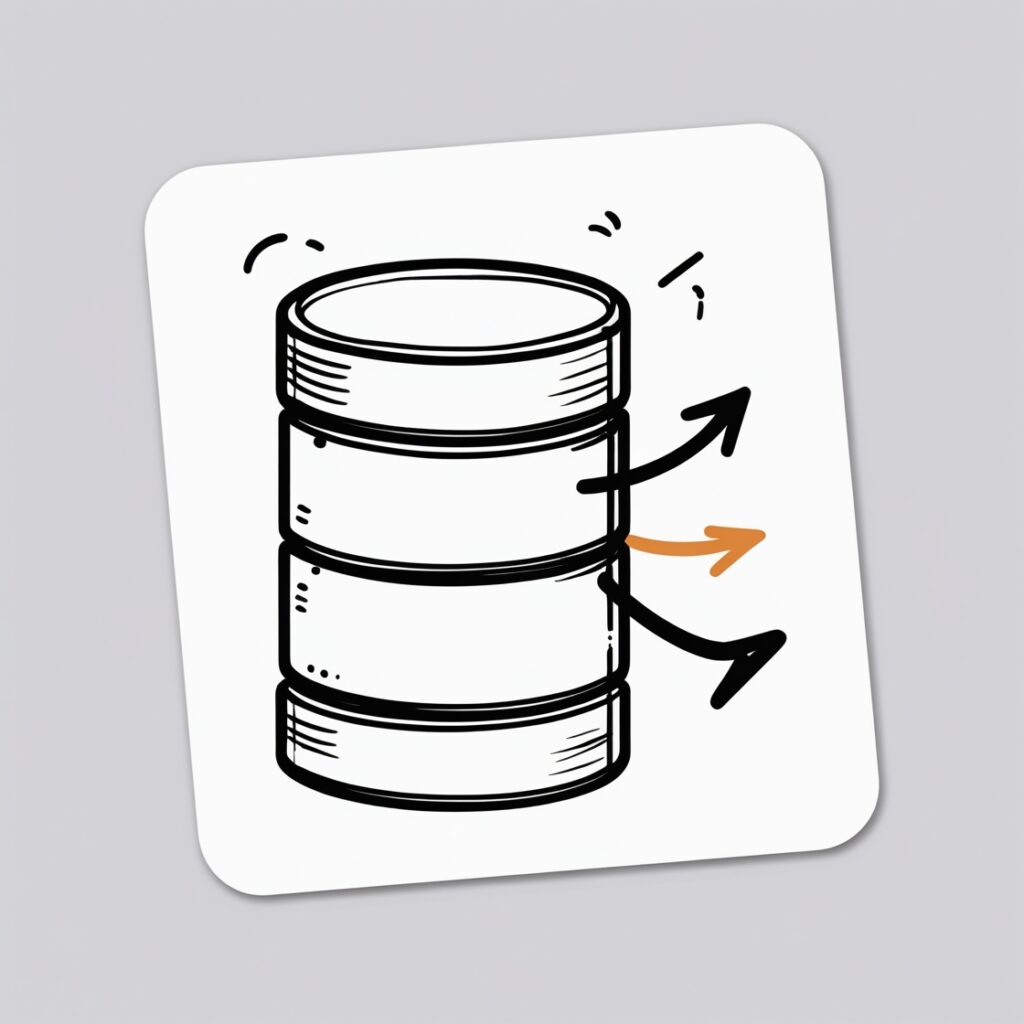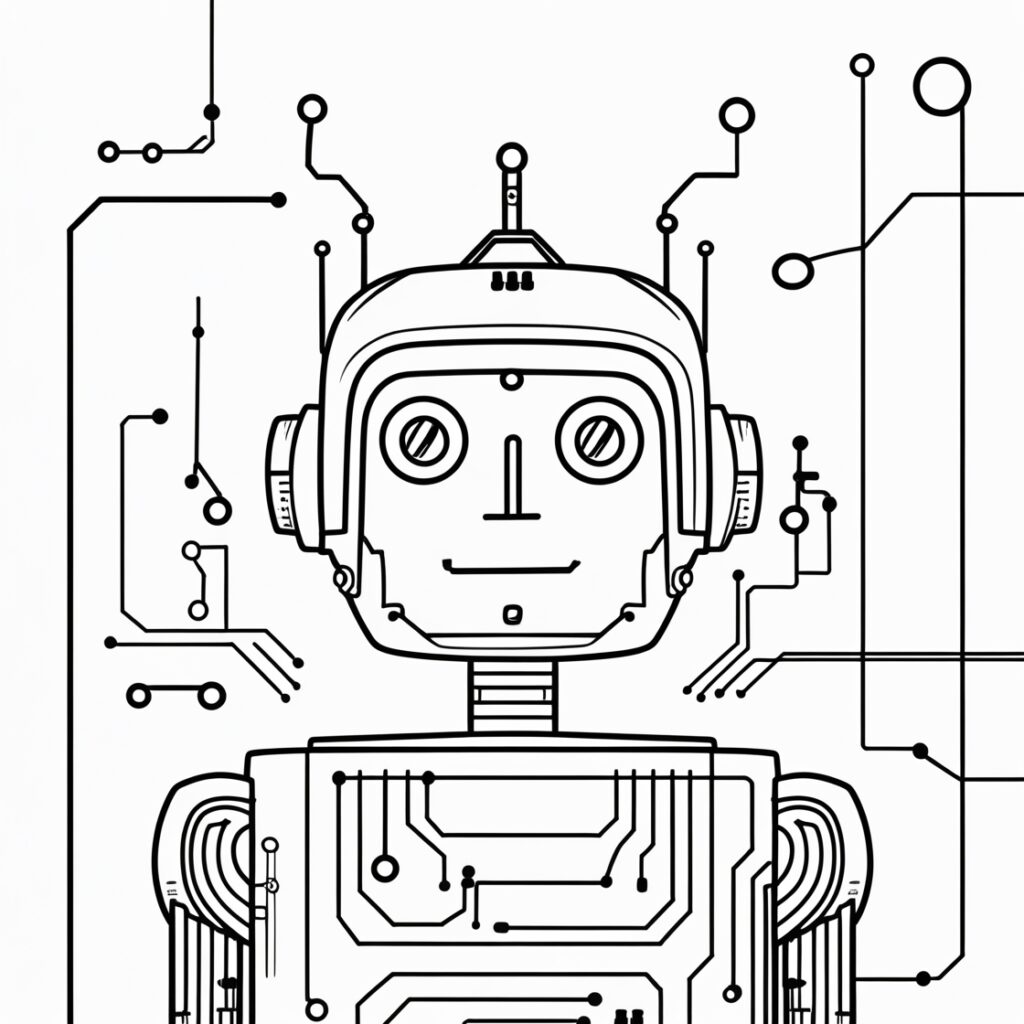Key Takeaways: Discover how AI-driven automation can revolutionize business processes, explore open-source platforms for workflow management, and learn about essential skills and certifications to thrive in this evolving landscape.
Introduction
In today’s fast-paced digital world, businesses are increasingly turning to AI-driven automation to streamline operations and improve efficiency. With the rise of low-code and no-code platforms, non-technical users can now design their own automation workflows, empowering them to innovate without relying solely on IT departments. In this blog post, we’ll delve into the technical concepts behind these advancements, practical applications, and the learning paths that can help tech professionals and learners navigate this rapidly changing landscape.
Technical Background and Context
AI-driven automation encompasses a wide range of technologies and methodologies that allow businesses to automate repetitive tasks, integrate data from various sources, and enhance decision-making through advanced analytics. Here are a few critical components:
📚 Recommended Digital Learning Resources
Take your skills to the next level with these curated digital products:
AI Enhanced Resume Builder
AI Resume Builder Flask App – Complete Source Code + PDF Tutorial + HTML | Digital Download for Designers
AWS Solutions Architect Associate SAA-C03 Complete Study Guide & Practice Exam Bundle
AWS Solutions Architect Associate SAA-C03 Complete Study Guide & Practice Exam Bundle
📊 Key Learning Points Infographic

Visual summary of key concepts and actionable insights
Learn AWS: Your First Cloud Application
Learn AWS: Your First Cloud Application
Comprehensive SAT Prep: 470+ Vocabulary Words
Comprehensive SAT Prep: 470+ Vocabulary Words
JavaScript for Web Development eBook | Learn to Build Interactive Websites
JavaScript for Web Development eBook | Learn to Build Interactive Websites
- AI-Driven Automation: Utilizing artificial intelligence to manage and optimize business processes, thereby reducing manual intervention and increasing accuracy.
- Workflow Automation: Implementing visual node-based interfaces that represent processes in a user-friendly manner, allowing users to design workflows visually.
- API Integration: Connecting various applications and services through APIs to facilitate data exchange and enhance workflow capabilities.
- Open-Source Platforms: Utilizing platforms like n8n for creating custom automation workflows without the need for extensive coding knowledge.
Practical Applications and Use Cases
AI-driven workflow automation has numerous applications across various industries. Here are a few practical use cases:
- Customer Support Automation: Using AI chatbots to handle common customer inquiries, freeing up human agents for more complex issues.
- Marketing Campaign Management: Automating lead generation and nurturing processes using integrated CRM and email marketing tools.
- Data Processing: Automating data extraction, transformation, and loading (ETL) processes from multiple sources into a centralized database.
- Human Resources: Streamlining employee onboarding processes by automating document management and training schedules.
Learning Path Recommendations
To effectively harness the power of AI-driven automation, tech professionals should consider the following learning paths:
- AI-Driven Workflow Training: Enroll in courses that help business users identify and define workflows suitable for automation.
- Low-Code/No-Code Platforms: Participate in workshops or online courses focused on platforms like n8n, Zapier, or Microsoft Power Automate to learn how to build workflows without extensive programming knowledge.
- AI Integration Workshops: Attend hands-on workshops that explore how to integrate AI models into existing business processes effectively.
Industry Impact and Career Implications
The shift towards democratizing automation tools is reshaping the tech landscape. As businesses recognize the benefits of empowering non-technical users, there is a growing demand for professionals who can bridge the gap between technology and business needs. Here’s how this trend affects career development:
- Increased Demand for Automation Experts: Professionals skilled in workflow design, API integration, and AI model application are becoming invaluable assets to organizations.
- Career Advancement Opportunities: By acquiring skills in automation and AI, tech professionals can position themselves for leadership roles in digital transformation initiatives.
- Interdisciplinary Collaboration: Understanding automation tools enables better collaboration between IT teams and business units, leading to innovative solutions.
Implementation Tips and Best Practices
For successful implementation of AI-driven automation, consider the following tips:
- Start Small: Begin with automating simple tasks before tackling complex workflows to build confidence and expertise.
- Engage Stakeholders: Involve business users early in the process to ensure the workflows meet their needs and gather valuable feedback.
- Document Processes: Maintain thorough documentation of automated workflows for maintenance and future enhancements.
- Monitor and Improve: Regularly assess the performance of automated workflows and make adjustments based on evolving business needs.
Future Trends and Skill Requirements
The future of AI-driven automation is bright, with several trends shaping the industry:
- Accessibility of Automation Tools: As tools become more user-friendly, more non-technical users will leverage automation, necessitating a basic understanding of these technologies among all professionals.
- Empowerment of Business Experts: A shift towards self-service automation solutions means that business experts will need to acquire skills in visual programming and workflow design.
- Integration of Advanced AI Models: Familiarity with machine learning and AI applications will be essential as organizations increasingly rely on these technologies to enhance business workflows.
Conclusion with Actionable Next Steps
As a tech professional or learner, embracing AI-driven automation can significantly enhance your career prospects and business impact. Here are some actionable next steps:
- Enroll in a Course: Start with a course on low-code/no-code platforms or AI integration to build foundational knowledge.
- Experiment with Open-Source Tools: Explore platforms like n8n to gain hands-on experience in creating automation workflows.
- Join a Community: Engage with online communities and forums focused on automation to share knowledge and learn from industry experts.
- Stay Informed: Follow industry news and trends to keep your skills relevant and anticipate future demands in the automation landscape.
By taking these steps, you can position yourself at the forefront of this transformative movement, equipping yourself with the skills necessary to thrive in an increasingly automated future.
Disclaimer: The information in this article has been gathered from various reputed sources in the public domain. While we strive for accuracy, readers are advised to verify information independently and consult with professionals for specific technical implementations.
Ready to advance your tech career? Explore our digital learning resources including programming guides, certification prep materials, and productivity tools designed by industry experts.



